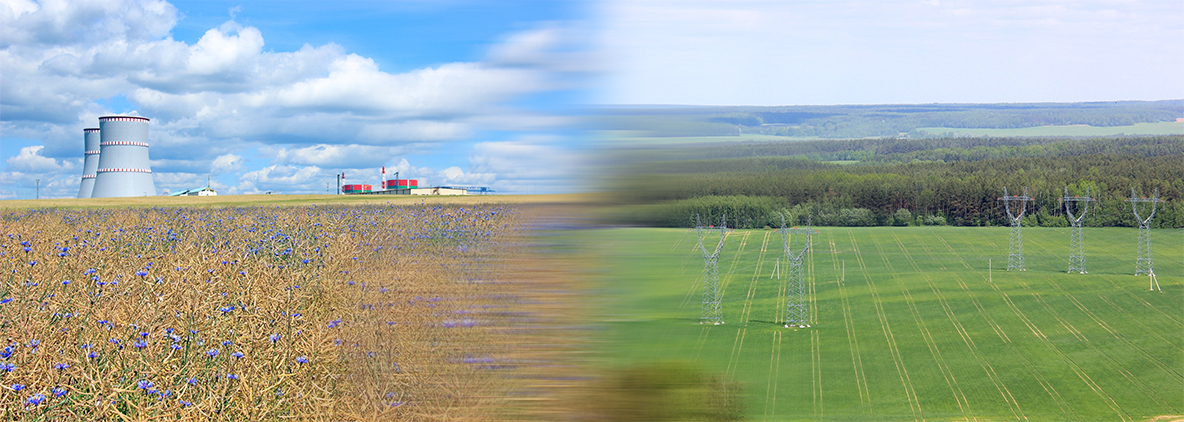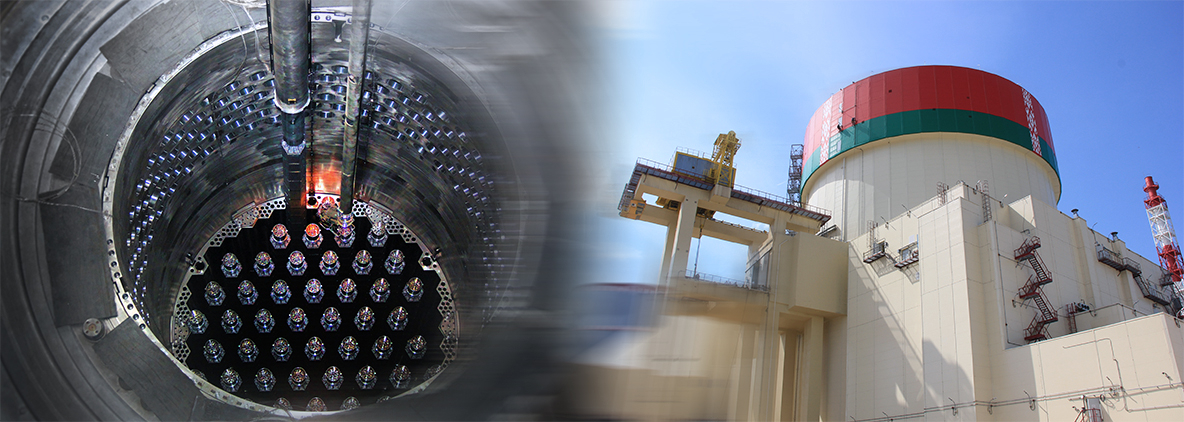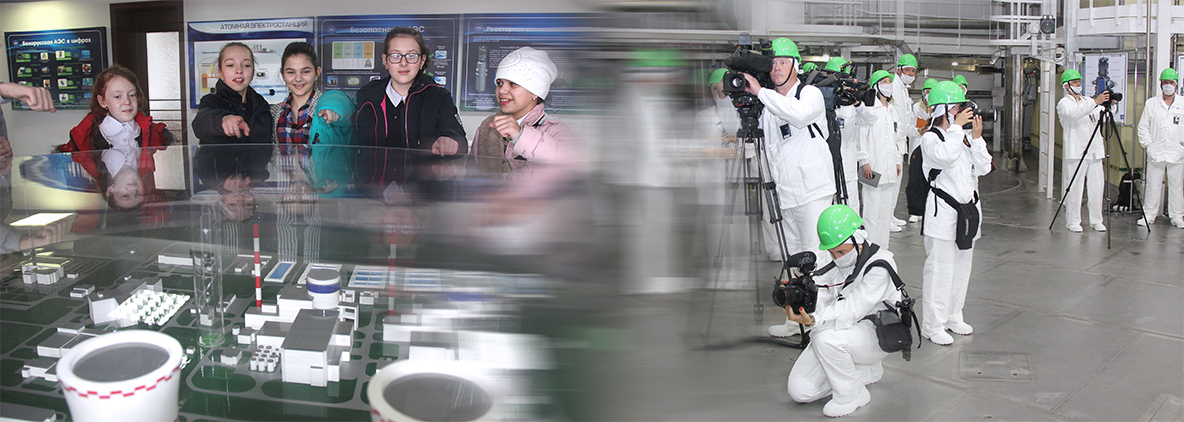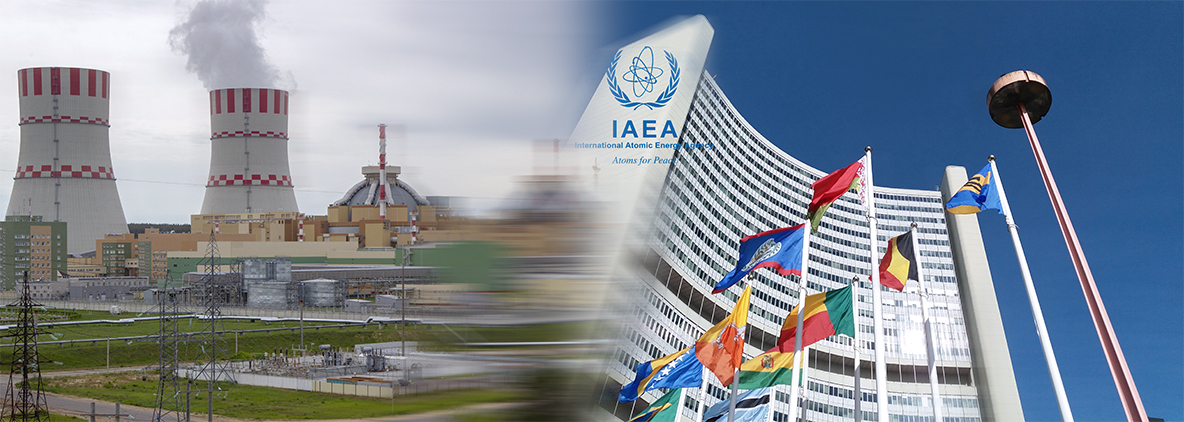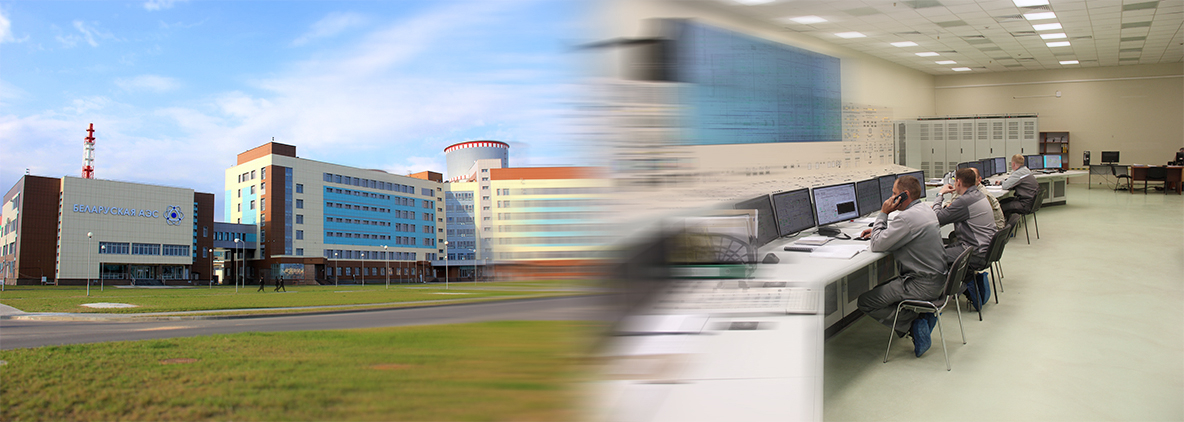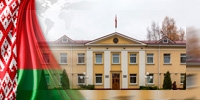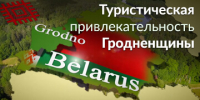Address:
Administrative and laboratory building (00UYA)
Vornyany village council, 2/7
Ostrovets district, Grodno region, Republic of Belarus 231220
Е-mail: belaes@belaes.by
NPP Information Center: ic@belaes.by

Phones:
Reception: +375 (1591) 4-53-59, fax: +375 (1591) 4-54-00
HR department: +375 (1591) 45-357; +375 (1591) 46-697
Accounts department: +375 (1591) 46-358
NPP Information Center: +375 1591 46 605
Purchases: +375 (1591) 4-67-19, +375 (1591) 4-67-34
Отдел информации и общественных связей
<P align=center><STRONG> Belarus seeks to involve Latvian experts into public survey of BelNPP</STRONG></P>
Belarusian environmentalists would like to engage Latvian NGOs into the public monitoring of the environmental impact of the Belarusians nuclear power plant, Chairman of the Environmental Initiative association Yuri Solovyov said during an online briefing on the website of the BelTA News Agency on 20 December. “At present representatives of Belarus, Russia and Lithuania are involved in the public monitoring project. French and Finnish environmental organizations might join the project as well. Talks are underway to involve Latvian NGOs into the project,” Yuri Solovyov said. He reminded that within the framework of the environmental monitoring project, Belarusian NGOs jointly with the National Center for Radiation Control and Environmental Monitoring of the Ministry of Natural Resources and Environmental Protection of Belarus did measurements of gamma radiation and collected samples of soil, water and air for caesium-137 and strontium-90 around the NPP construction site and several settlements located nearby, including the town of Ostrovets. “The data obtained during the tests will become the basis for an independent monitoring of the impact of the nuclear power plant on the environment. The results of the tests will be used to monitor the changes in the environment near the nuclear power plant after the facility is commissioned,” the environmentalist said. The project to conduct the public monitoring of the Belarusian nuclear power plant’s environmental impact has been carried out upon the initiative of a number of Belarusian ecological organizations with assistance of the general public, scientists, and specialists from Belarus, Lithuania, and Russia. The Russian side was represented by the interregional ecological organization Oka while the Lithuanian side was represented by the Institute for Regional Development and Democracy. The National Center for Radiation Control and Environmental Monitoring of the Ministry of Natural Resources and Environmental Protection of Belarus used the data collected in 2013 to compile a detailed report. The report was made available via the websites of the Ministry of Natural Resources and Environmental Protection and the Nuclear Power Plant Construction Directorate. Results of the monitoring were presented to the general public of Lithuania at a roundtable session in Vilnius on 17 December.
<P align=center> <STRONG>Public BelNPP environment assessment impact survey presented in Vilnius</STRONG></P>
Belarusian ecologists presented the public BelNPP environment assessment impact survey during the roundtable which was jointly conducted by the Belarusian Ecological Initiative NGO and the Institute of Regional Development and Democracy (Lithuania) in Vilnius Yuri Solovyov, the head of the Belarusian Ecological Initiative, told BelTA. The public of Lithuania got acquainted with the results of the monitoring carried out by volunteers of the environmental non-governmental organizations and experts of the national center of radiation control and monitoring at the Ministry of Natural Resources and Environment of Belarus in 2013. Previously, the study report was officially presented in Minsk. The main objective of the project is to create the information databank for regular independent monitoring of the impact of the Belarusian nuclear power plant on the environment at all stages of its life cycle: construction, operation and decommissioning. The participants of the roundtable noted that the results of the survey show that the radiation background and the content of radionuclides in the environment were normal. During the survey the environmentalists did measurements of gamma radiation and collected samples of soil, water and air for caesium-137 and strontium-90 around the NPP construction site and nearby villages of Goza and Trokeniki. In addition, they did laboratory radionuclide analysis of the samples of surface water taken from the Vilia (Neris) River, the main water artery flowing near the nuclear plant construction site. The roundtable was attended by representatives of the Lithuanian government, academia and environmental non-governmental organizations, mass media. “This is the first project to monitor the impact of the Belarusian nuclear power plant on the environment initiated by the Belarusian environmental NGOs, the results of which have been presented to the Lithuanian public," said Yuri Solovyov. He said that next year they are going to involve Lithuanian laboratories and experts to conduct a radiation survey of the environment impact of the nuclear power plant: “The aim is to keep Belarusian and Lithuanian public informed about the safety measures applied during construction and operation of the Belarusian nuclear power plant and Belarus’ implementation of the Espoo Convention.”
<P align=center><STRONG> Documents to license Belarusian nuclear station’s second reactor construction under examination</STRONG></P>
The Nuclear and Radiation Safety Department of the Belarusian Emergencies Ministry has started the expert evaluation of the documents required to issue the license to build the second power-generating unit of the Belarusian nuclear power plant. The information was released by Olga Lugovskaya, Head of the Nuclear and Radiation Safety Department, on 17 December, BelTA has learned. According to the official, the package of documents has been received and has been forwarded to experts. In line with Belarusian laws the procedure to issue the license to build a power-generating unit of a nuclear power plant, in particular, the part regulating the construction of the main buildings and structures, can last up to one year. “Since we have the experience of expert evaluation for the first power-generating unit of the nuclear power plant, the work can be done somewhat faster,” specified Olga Lugovskaya. “We are definitely trying to do everything that can be done to accelerate the license issuance,” she added. Apart from evaluating the documents the regulating body is also examining the licensee (the Nuclear Power Plant Construction Directorate) for compliance with requirements of the license. Construction workers started pouring concrete into the foundation of facilities that will make up the first power-generating unit of the Belarusian nuclear power plant at the Ostrovets site in November 2013. The Belarusian nuclear power plant will boast two power-generating units with the total capacity of up to 2,400MW (1,200MW each). The Russian design AES-2006 has been chosen to build the power plant. The design is fully compliant with international standards and IAEA recommendations. The Russian public joint-stock company OAO NIAEP – ZAO Atomstroyexport is the general designer and the general contractor for building the power plant. The timeline for implementing the project is stipulated by the general contract. The first power-engineering unit of the nuclear power plant is scheduled for launch in November 2018. Belarus and Russia signed the general contract to build the Belarusian nuclear power plant in July 2012. The cost of building the installation is primarily covered by a state export loan granted by Russia. In line with the relevant intergovernmental agreement the loan can provide up to $10 billion for 25 years to cover 90% of the cost of every contract between the Russian company ZAO Atomstroyexport and the Belarusian state institution Directorate for Nuclear Power Plant Construction.
Steady progress in building manufacturing base of Belarusian nuclear station
Timely equipment delivery for Belarusian nuclear station promised
The web-site operates error-checking system. If you find a mistake, highlight it and press Ctrl + Enter.







